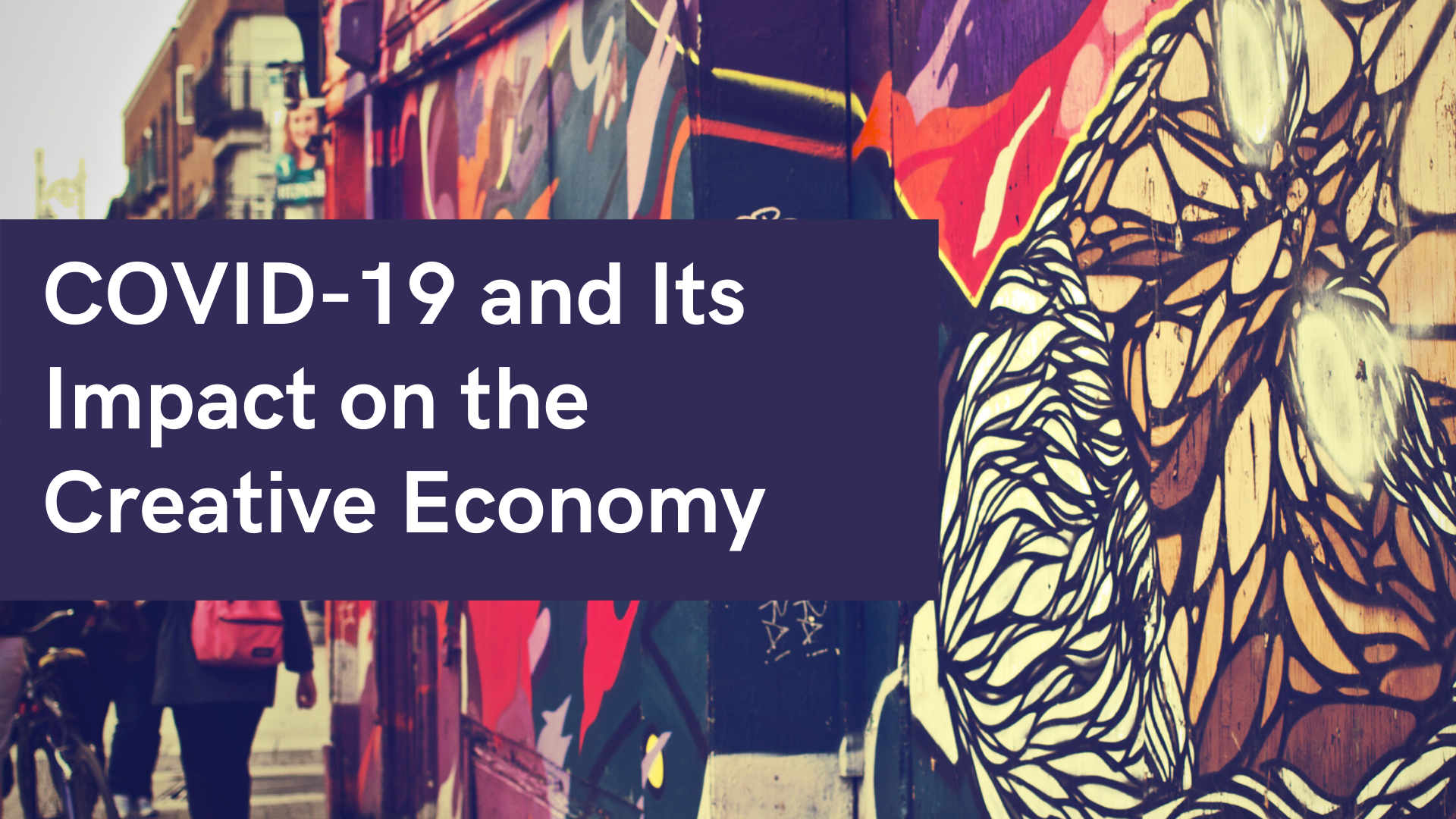During these unprecedented times, COVID-19 has had a significant impact on the creative sector. “Artists, arts nonprofits, and creative businesses (like design firms, galleries, and photography studios) are facing significant financial challenges from the COVID-19 crisis with limited levels of savings or reserves,” says WESTAF Director of Public Policy and CVSuite Creative Economy Advisor David Holland.
How Creative Businesses and Arts Nonprofits are Responding to COVID-19
According to CVSuite data, the arts, entertainment, and recreation industry is a vital sector across the West, generating $25.5 billion in industry earnings and supporting 1.7 million jobs—yes, you are reading those numbers correctly. That is why now is a crucial time for all of us to do our part in helping the arts thrive during and after this pandemic. According to findings from WESTAF’s COVID-19 impact survey, arts nonprofits and creative businesses are not only facing significant financial challenges like falling revenue and low reserves, they are also tasked with strategizing how they can avoid laying off their employees. Arts nonprofits and creative businesses are assessing ways to carefully use their reserves to survive and protect their employees from losing their jobs. With federal and philanthropic support, regional arts organizations, like WESTAF, and many state and local arts agencies across the United States are implementing relief funds and grants to help support independent artists, arts nonprofits, and for-profit creative businesses that may need extra funds to help sustain their businesses. Forgivable business loans, like the federal Paycheck Protection Program, are also helping the creative sector to protect jobs and weather the crisis.
Creative Job Markets Across the United States are at Risk
Since March, the creative industries across the U.S. have experienced a significant loss of jobs due to COVID-19. When examining the arts, entertainment, and recreation industry jobs market, you can see in the visual below that there has been a lower demand in jobs from 2019 to now, and very significant jobs loss going into the summer months of May and June, which are typically when the demand for these workers increases.
A roughly 30% drop in the demand for arts, entertainment, and recreational jobs could potentially equate to $44.2 billion in total lost earnings and over one million jobs lost across the United States. Independent artists, writers, and performers may experience the brunt of this impact, accounting for approximately 70% of the lost jobs. As we consider the severe impact of COVID-19 on the sector and begin planning recovery, it is vitally important to center artists and creative workers whose ideas power the creative economy. We cannot predict how long this recession will last, but we can do our best to support artists and creative businesses across the United States to help ensure their future.
Are You Curious About the Health of Your Region’s Creative Economy?
COVID-19 Creative Economy Impact Reports provide you with the insights and data you need to make targeted decisions about where to focus your efforts in supporting this dynamic sector during these challenging times. They also give you better insight on the creative economy sectors in your region that are resilient and those that may need more focus on recovery. Contact the CVSuite team if you are interested in learning more about these reports.
Other Helpful Resources
If you or your organization needs assistance during this time, please check out our parent organization WESTAF’s resources and information page for additional resources on funding, grants, insights on how to sustain your business, and guidance on reopening.


Comments are closed.